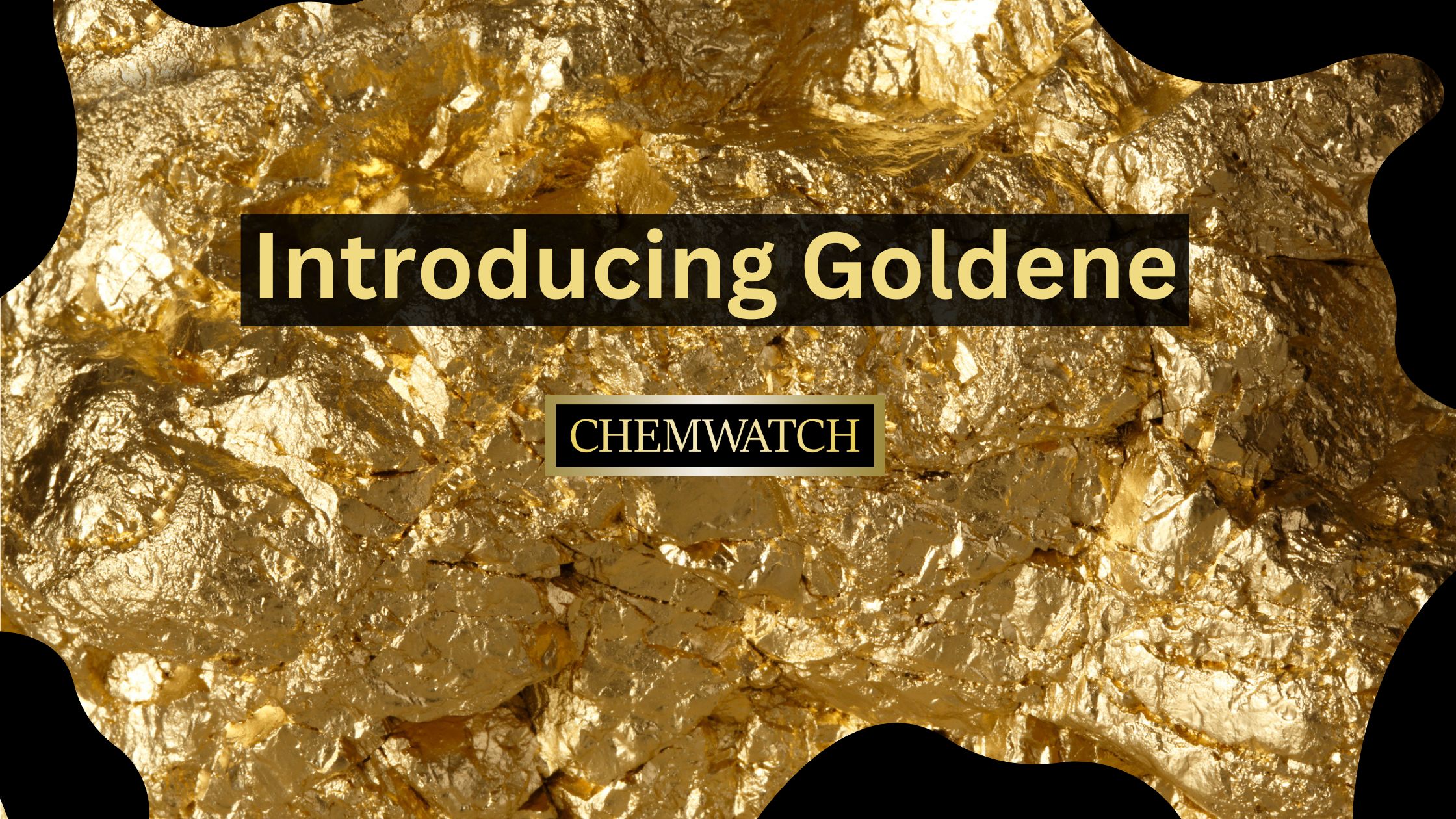
In the fascinating realm of nanomaterials, scientific breakthroughs continually push the boundaries of what we know. Among the most recent and intriguing discoveries is that of Goldene. This extraordinary substance—akin to graphene with its one-atom-thick structure—possesses unique properties that have captured the imagination of scientists and engineers alike.

Goldene burst onto the scientific scene in April 2024, when researchers stumbled upon its existence during experiments aimed at exploring the properties of ultrathin materials. Just like its carbon cousin graphene, Goldene is composed of a single layer of atoms arranged in a hexagonal lattice. However, what sets Goldene apart is its composition: each atom in this remarkable substance is gold.
The discovery of Goldene was not merely a serendipitous accident; rather, it stemmed from a concerted effort to uncover new materials with exceptional properties. Scientists were driven by the desire to expand our understanding of nanomaterials and to discover substances that could potentially revolutionise various fields, from electronics to medicine.
Goldene’s emergence opens up exciting avenues for research and development. Its properties promise to unlock new possibilities in fields such as electronics, catalysis, and sensing. Moreover, the discovery of Goldene underscores the importance of curiosity-driven research, demonstrating that groundbreaking discoveries can arise when scientists explore the unknown with an open mind.
The unique properties of Goldene hold immense potential for a wide range of applications. In the realm of electronics, its exceptional conductivity makes it an attractive candidate for use in ultra-thin conductive films and nanoscale electronic devices. Goldene’s ultrathin nature also makes it a promising material for next-generation sensors, offering unprecedented sensitivity for detecting minute changes in the environment.
Furthermore, Goldene’s catalytic properties make it invaluable in chemical reactions, where its high surface area and reactivity can drive reactions with remarkable efficiency. From fuel cells to industrial processes, Goldene holds the promise of accelerating chemical transformations while minimising waste.
In medicine, Goldene nanoparticles show great potential for drug delivery and biomedical imaging applications. Their biocompatibility and ability to interact with biological molecules make them ideal candidates for targeted drug delivery systems and contrast agents for advanced imaging techniques.
One crucial aspect of assessing any new material is determining its sustainability. While Goldene offers exciting possibilities, questions remain regarding its environmental impact and long-term sustainability. Gold is a precious metal with significant environmental and social implications associated with its extraction and processing.
Efforts are underway to explore sustainable methods for producing Goldene and mitigating its environmental footprint. Researchers are investigating alternative synthesis routes that minimise the use of hazardous chemicals and energy-intensive processes. Additionally, recycling strategies for recovering Goldene from end-of-life products are being explored to reduce the demand for virgin materials.
As the field of nanomaterials continues to evolve, sustainability considerations must remain at the forefront of research and development efforts. By prioritising sustainability from the outset, scientists and engineers can ensure that groundbreaking materials like Goldene contribute to a more sustainable and equitable future.
In conclusion, the discovery of Goldene marks a significant milestone in the world of nanomaterials. Its remarkable properties open up new possibilities across a range of fields, from electronics to medicine. However, as we harness the potential of Goldene, it is essential to remain vigilant about its sustainability and environmental impact, ensuring that our advancements contribute to a brighter and more sustainable future.
Chemwatch produces Safety Data Sheets (SDS) to ensure all your users are aware of the hazards related to the chemicals used in products. If you want to know more about the environmental and health effects of chemicals, or how to minimise risk while working with chemicals, we’re here to help. We have tools to help you with mandatory reporting, as well as generating SDS and Risk Assessments. We also have a library of webinars covering global safety regulations, software training, accredited courses, and labelling requirements. For more information, Contact Us today!
Sources